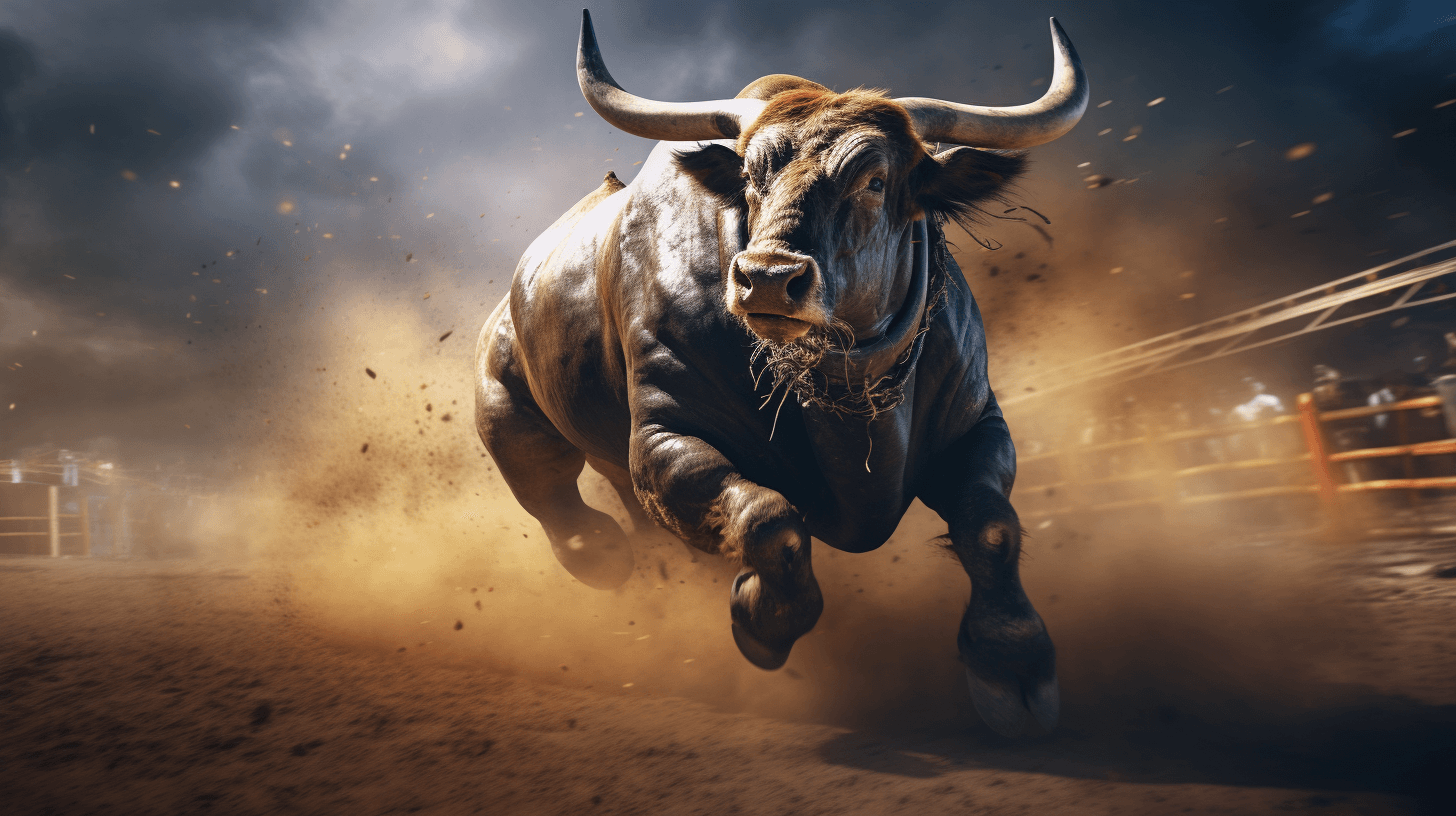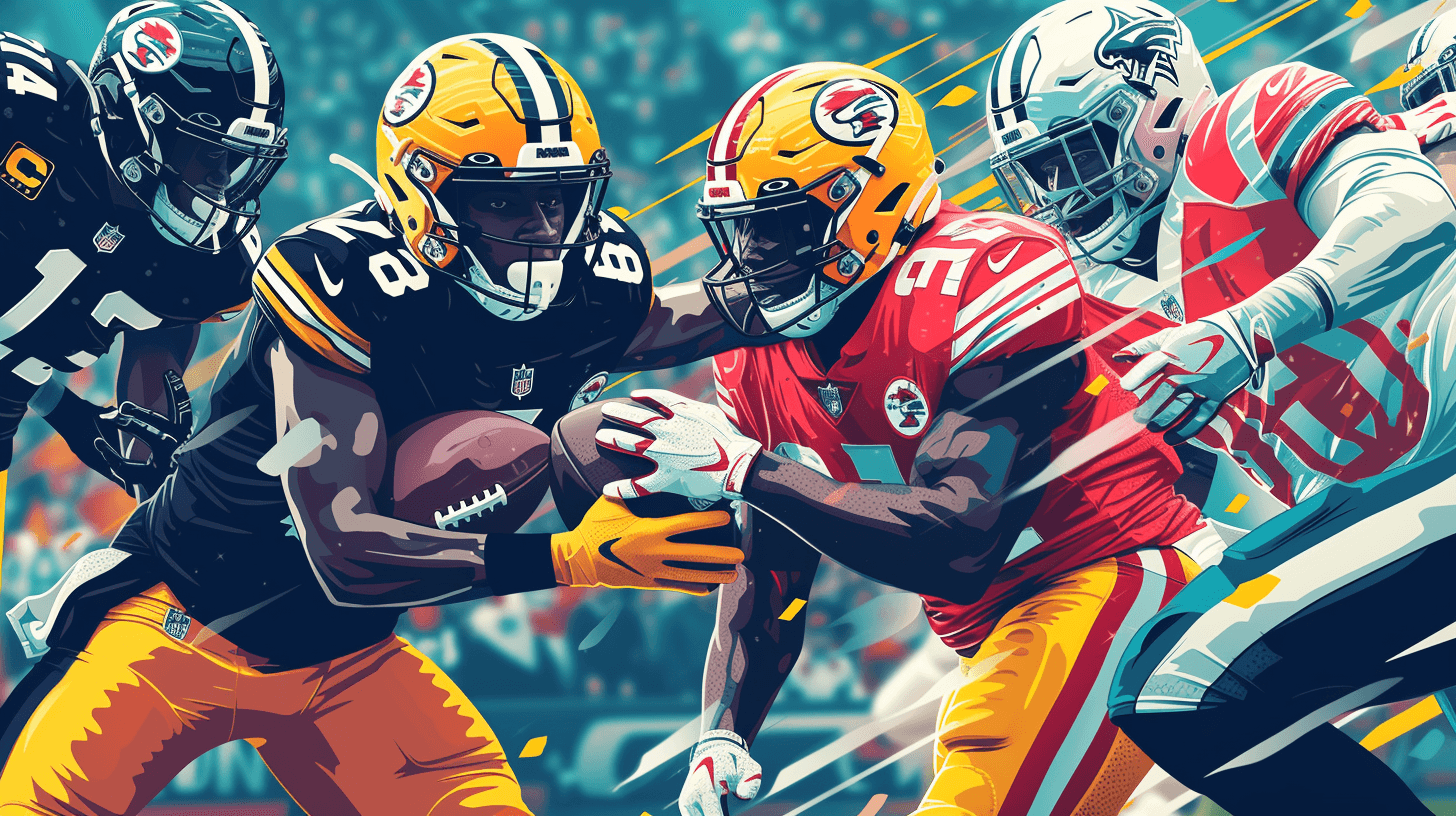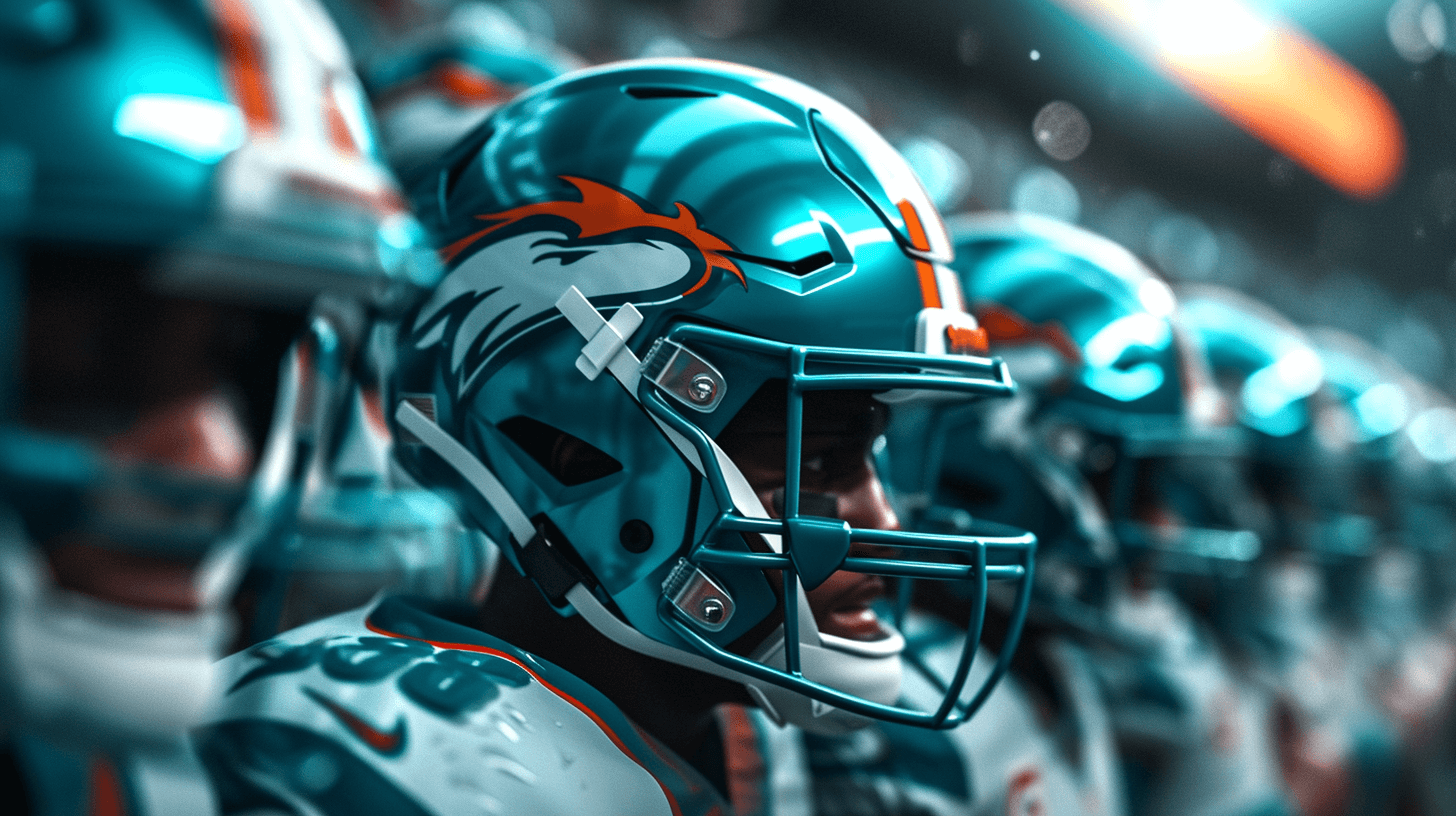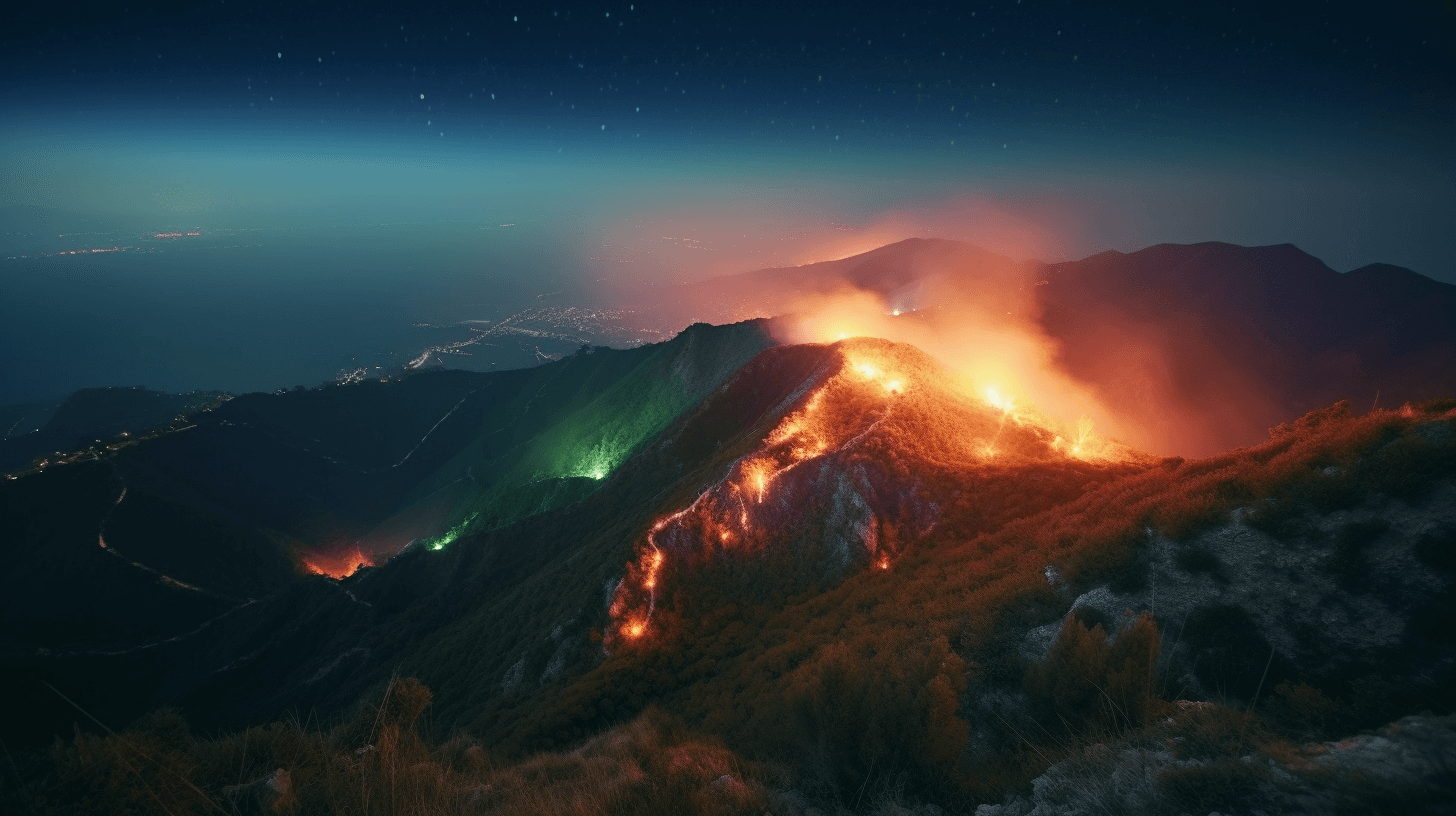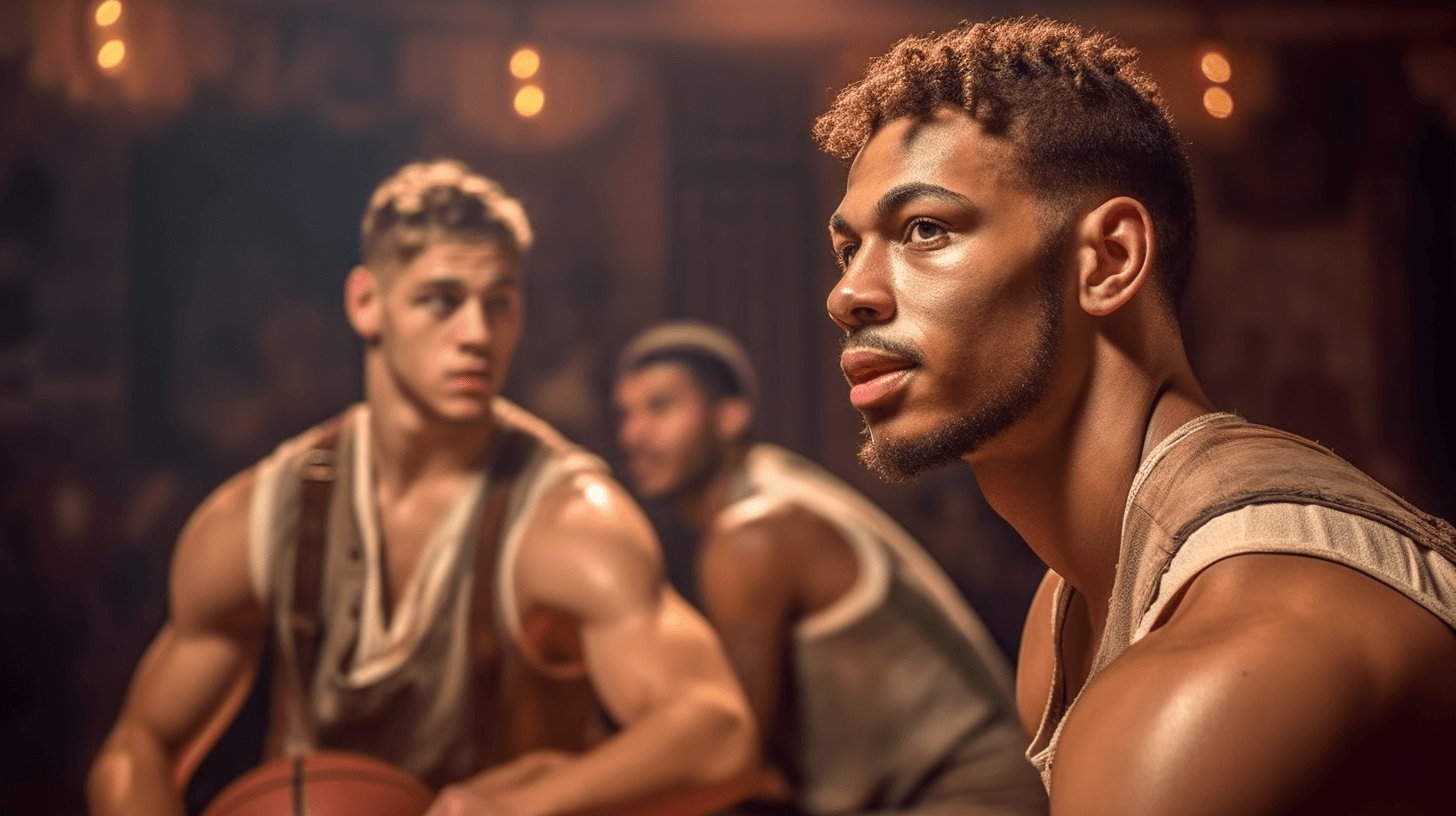🏟️🏆 Da Wild Cowboys of Masbate: A Thriving Rodeo Culture 8,000 Miles Away! 🤠🐎💪
⬇️ Pidgin | ⬇️ ⬇️ English
In da Philippines, men an’ women come togeddah every year fo’ one rodeo celebration dat honors da strong cowboy culture wit’ roots in da Spanish an’ American colonial eras. 🐂🌴🤠
Imagine one honky-tonk twang reverberatin’ through one fairground as cowhands wrangle cattle inside one dirt-floored stadium. Usually, you’d ‘spect to see dis scene goin’ down in Texas, but dis rodeo happenin’ ’bout 8,000 miles away, on one island in da Philippines. 🎶🐃🌴
Every spring fo’ da past 30 years, da best wranglers in da country come to da island province of Masbate to test deir skills at da Rodeo Festival in Masbate City. Dis event not only showcases athleticism, but it also celebrates da vibrant Philippine cowboy an’ cowgirl culture. 🤠🔥🇵🇭
“Where dey get cattle, dey get rodeo,” Leo Gozum, one 51-year-old livestock farmer who directs da rodeo events at da festival, explained. “Rodeo no necessarily American, yeah.” 💪🐮🌾
One of da featured events, called “juego de toro” or bull game, involves people chasin’ ’bout 30 cattle through cordoned-off streets, similar to how folks in Spain chase bulls through Pamplona. Da rule is simple: If you catch one cow wit’ your bare hands, you can keep ’em. No ropes, no tools, just pure mano-a-mano action. 💪🐂🤲
Some participants travel to da Masbate rodeo, usually by boat, from otha islands in da Philippine archipelago. Others work on ranches in Masbate Province, one of da poorest regions in da country. 💼⛴️🏞️
Da contestants, mostly farmers an’ students, compete fo’ one prize pot of $23,000, with an average of $250 goin’ to each of da ’bout 90 winners. Many of da skills on display have been practiced in da Philippines fo’ centuries, long before da country gained independence from Spain in 1898 an’ da United States in 1946. Dis rodeo celebrates da rich heritage dat shaped Philippine cowboy culture. 🤝💵🐎
One of da most challengin’ events is called “carambola,” where teams of men or women work together to restrain one unruly cow in da rodeo ring—nothin’ but bare hands against raw power. Masbate Province, like many otha places in da Philippines, has seen its share of violence an’ is still affected by a communist insurgency. But despite da challenges, da region’s rugged culture an’ vast grasslands have produced generations of capable cowboys, some of whom work on ranches like da one owned by retired judge Manuel Sese, who knows da struggles of da area firsthand. 🤠🌾🤲
One of dose cowboys is Justin Bareng, a 26-year-old ranch hand. Bareng starts his day early, risin’ at 4 a.m. to feed his trusty mare an’ prepare fo’ da day’s work. His monthly earnin’ of $100 goes towards feedin’ his six children an’ supportin’ his 19-year-old brother’s education. Fo’ Bareng an’ many otha participants, da rodeo’s prize money is one motivator, but it ain’t da only thing dat keeps ’em goin’. 🌅💰🐴
“To me, rodeo is ’bout strength an’ bravery,” said Kenneth Ramonar, one 50-year-old businessman an’ evangelical preacher who leads one rodeo team from da southern province of Mindanao. Ramonar shared his journey of transformation, from bein’ a drunkard an’ drug addict to startin’ a family an’ findin’ purpose through rodeo. Now he runs one ranch resort where tourists can learn da ways of da koboys durin’ deir visit. Rodeo ain’t just ’bout money—it’s ’bout da thrill an’ da challenge. 💪🤲🌟
Masbate City, one former colonial port, used to have cattle stockyards near its docks until da 1970s. Now, da rodeo arena stands next to a lively fairground where fans gather, sportin’ denim, flannel, an’ cowboy hats. Vendors fire up their grills to barbecue beef an’ pork, fillin’ da air wit’ mouthwaterin’ aromas. Line dancin’ is also part of da festivities, accompanied by one honky-tonk tune written especially fo’ da occasion. “Row-dee-oh Masbateño,” da singer croons. 🎵🔥🌴
On one recent mornin’, cowhands relaxed in their dusty jeans, takin’ a break from da humid weather by coolin’ down wit’ water. Down at da stockyard beneath da bleachers, some cowhands even cooked fish fo’ breakfast right aftah sunrise. But when da rodeo kicked off few hours latah, dey got busy tendin’ to da cows, selectin’ da right ones fo’ specific events, an’ guidin’ ’em in an’ out of da ring. It’s all in a day’s work fo’ dese skilled cowboys an’ cowgirls. 🌅🐃🐟
Da rodeo features seven events centered ’round cattle, includin’ bull ridin’, lassoing, an’ “casting down,” where teams of four try to subdue one particularly large cow usin’ lassos. Da event organizers, who are seasoned farmers, agriculturists, veterinarians, an’ animal husbandry practitioners, select spirited yet manageable animals to ensure an excitin’ competition dat keeps both da participants an’ da audience on da edge of deir seats. 🐂🤠🔥
Dis year’s rodeo marked its grand return aftah a three-year hiatus caused by da pandemic. Over 300 contestants, includin’ both professionals an’ students, competed in da event. Notably, many of da students were women, breakin’ down traditional gender barriers an’ showin’ dat “A woman can do what a man can do,” as Rosario Bulan, a 25-year-old participant, declared. Bulan was part of a team dat secured first place in two all-women carambola events. Fo’ her, winnin’ was important, but avoidin’ injury was her primary goal. 🎉👩🏽🌾💪
Da Masbate rodeo is da most prestigious rodeo festival in da Philippines, a country dat has been an important military ally of da United States. It is one of several former Spanish colonies where settlers established ranches usin’ imported cattle an’ horses. In da 17th century, religious landowners started establishin’ ranches ’round Manila, an’ by da 19th century, horses became essential in transportin’ sugar, coconuts, an’ otha raw materials throughout da country. 🐎🌾🇵🇭
Masbate, in particular, became known fo’ drivin’ cattle into da stockyards near da port, before exportin’ ’em to ranches all ovah da Philippines. While da roots of Philippine cowboy culture are intertwined wit’ Spanish traditions an’ influenced by American ranchin’ techniques, it has evolved to embody da virtues of da Filipino people—patience an’ perseverance. Similarly, cowboy culture in da United States, though also influenced by Spanish roots, took on its own distinct identity, distancin’ itself from its Mexican vaquero origins. 🌴🤠🇺🇸
But fo’ Justin Bareng, da 26-year-old ranch hand from Masbate, such distinctions ain’t da focus. Fo’ him, ridin’ an’ workin’ wit’ cattle is a way of life. Growin’ up as da seventh of nine children, Bareng moved to Manila at da age of 8 to live wit’ his older siblings aftah his mother passed away. However, da city life didn’t capture his spirit, an’ he found solace in watchin’ Filipino cowboy movies inspired by Hollywood westerns. At 18, he returned home to his true callin’—herdin’ cattle an’ embracin’ da cowboy way. Fo’ him, competin’ in da rodeo ain’t unusual—it’s just anothah day doin’ what he loves. 🤠🌅🐴
NOW IN ENGLISH
🏟️🏆 The Wild Cowboys of Masbate: A Thriving Rodeo Culture 8,000 Miles Away! 🤠🐎💪
In the Philippines, men and women come together every year for a rodeo celebration that honors the strong cowboy culture with roots in the Spanish and American colonial eras. 🐂🌴🤠
Imagine a honky-tonk twang reverberating through a fairground as cowhands wrangle cattle inside a dirt-floored stadium. Usually, you’d expect to see this scene going down in Texas, but this rodeo is happening about 8,000 miles away, on an island in the Philippines. 🎶🐃🌴
Every spring for the past 30 years, the best wranglers in the country come to the island province of Masbate to test their skills at the Rodeo Festival in Masbate City. This event not only showcases athleticism, but it also celebrates the vibrant Philippine cowboy and cowgirl culture. 🤠🔥🇵🇭
“Where they get cattle, they get rodeo,” Leo Gozum, a 51-year-old livestock farmer who directs the rodeo events at the festival, explained. “Rodeo is not necessarily American, yeah.” 💪🐮🌾
One of the featured events, called “juego de toro” or bull game, involves people chasing about 30 cattle through cordoned-off streets, similar to how folks in Spain chase bulls through Pamplona. The rule is simple: If you catch a cow with your bare hands, you can keep them. No ropes, no tools, just pure mano-a-mano action. 💪🐂🤲
Some participants travel to the Masbate rodeo, usually by boat, from other islands in the Philippine archipelago. Others work on ranches in Masbate Province, one of the poorest regions in the country. 💼⛴️🏞️
The contestants, mostly farmers and students, compete for a prize pot of $23,000, with an average of $250 going to each of the about 90 winners. Many of the skills on display have been practiced in the Philippines for centuries, long before the country gained independence from Spain in 1898 and the United States in 1946. This rodeo celebrates the rich heritage that shaped Philippine cowboy culture. 🤝💵🐎
One of the most challenging events is called “carambola,” where teams of men or women work together to restrain an unruly cow in the rodeo ring—nothing but bare hands against raw power. Masbate Province, like many other places in the Philippines, has seen its share of violence and is still affected by a communist insurgency. But despite the challenges, the region’s rugged culture and vast grasslands have produced generations of capable cowboys, some of whom work on ranches like the one owned by retired judge Manuel Sese, who knows the struggles of the area firsthand. 🤠🌾🤲
One of those cowboys is Justin Bareng, a 26-year-old ranch hand. Bareng starts his day early, rising at 4 a.m. to feed his trusty mare and prepare for the day’s work. His monthly earning of $100 goes towards feeding his six children and supporting his 19-year-old brother’s education. For Bareng and many other participants, the rodeo’s prize money is a motivator, but it ain’t the only thing that keeps them going. 🌅💰🐴
“To me, rodeo is about strength and bravery,” said Kenneth Ramonar, a 50-year-old businessman and evangelical preacher who leads a rodeo team from the southern province of Mindanao. Ramonar shared his journey of transformation, from being a drunkard and drug addict to starting a family and finding purpose through rodeo. Now he runs a ranch resort where tourists can learn the ways of the koboys during their visit. Rodeo ain’t just about money—it’s about the thrill and the challenge. 💪🤲🌟
Masbate City, a former colonial port, used to have cattle stockyards near its docks until the 1970s. Now, the rodeo arena stands next to a lively fairground where fans gather, sporting denim, flannel, and cowboy hats. Vendors fire up their grills to barbecue beef and pork, filling the air with mouthwatering aromas. Line dancing is also part of the festivities, accompanied by a honky-tonk tune written especially for the occasion. “Row-dee-oh Masbateño,” the singer croons. 🎵🔥🌴
On a recent morning, cowhands relaxed in their dusty jeans, taking a break from the humid weather by cooling down with water. Down at the stockyard beneath the bleachers, some cowhands even cooked fish for breakfast right after sunrise. But when the rodeo kicked off a few hours later, they got busy tending to the cows, selecting the right ones for specific events, and guiding them in and out of the ring. It’s all in a day’s work for these skilled cowboys and cowgirls. 🌅🐃🐟
The rodeo features seven events centered around cattle, including bull riding, lassoing, and “casting down,” where teams of four try to subdue a particularly large cow using lassos. The event organizers, who are seasoned farmers, agriculturists, veterinarians, and animal husbandry practitioners, select spirited yet manageable animals to ensure an exciting competition that keeps both the participants and the audience on the edge of their seats. 🐂🤠🔥
This year’s rodeo marked its grand return after a three-year hiatus caused by the pandemic. Over 300 contestants, including both professionals and students, competed in the event. Notably, many of the students were women, breaking down traditional gender barriers and showing that “A woman can do what a man can do,” as Rosario Bulan, a 25-year-old participant, declared. Bulan was part of a team that secured first place in two all-women carambola events. For her, winning was important, but avoiding injury was her primary goal. 🎉👩🏽🌾💪
The Masbate rodeo is the most prestigious rodeo festival in the Philippines, a country that has been an important military ally of the United States. It is one of several former Spanish colonies where settlers established ranches using imported cattle and horses. In the 17th century, religious landowners started establishing ranches around Manila, and by the 19th century, horses became essential in transporting sugar, coconuts, and other raw materials throughout the country. 🐎🌾🇵🇭
Masbate, in particular, became known for driving cattle into the stockyards near the port, before exporting them to ranches all over the Philippines. While the roots of Philippine cowboy culture are intertwined with Spanish traditions and influenced by American ranching techniques, it has evolved to embody the virtues of the Filipino people—patience and perseverance. Similarly, cowboy culture in the United States, though also influenced by Spanish roots, took on its own distinct identity, distancing itself from its Mexican vaquero origins. 🌴🤠🇺🇸
But for Justin Bareng, the 26-year-old ranch hand from Masbate, such distinctions ain’t the focus. For him, riding and working with cattle is a way of life. Growing up as the seventh of nine children, Bareng moved to Manila at the age of 8 to live with his older siblings after his mother passed away. However, the city life didn’t capture his spirit, and he found solace in watching Filipino cowboy movies inspired by Hollywood westerns. At 18, he returned home to his true calling—herding cattle and embracing the cowboy way. For him, competing in the rodeo ain’t unusual—it’s just another day doing what he loves. 🤠🌅🐴

